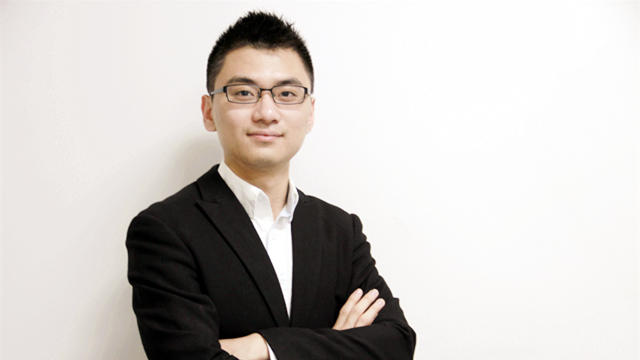新视野大学英语4读写教程课文unit9 What Does It Really Mean to Gr
Section C:
A Leisure Boom in Japan
My knees are shaking, my heart is beating wildly and my head is enclosed in a crash helmet (防撞头盔) that seems much too thin. Balanced at the edge of a narrow white platform, I am about to jump head first into a hot new phase of Japan's leisure boom: indoor sky diving, without a parachute.
I am deep into second thoughts, but there is no backing out now. To get out, I would have to climb back down the narrow ladder from the tower and walk past the long row of "salarymen"(薪水阶层)and "office ladies" lined up behind me at an amusement park (游乐园) named Tokyo Roof(东京屋顶).
Tokyo Roof is one of hundreds of amusement parks, sports centers, and resorts opening all over Japan as this hard-working nation brings its characteristic efficiency and intensity to the newly serious business of play.
There is a leisure boom in Japan, and like many national trends here it is largely a government-led phenomenon. Under pressure from the United States and other trading partners, who complain about the labor force working too much, Japan is working hard at the notion of working less hard.
Japanese workers labor about 200 more hours per year than the average of their American counterparts, according to figures from Japan's Labor Ministry. With school in session every weekday plus Saturday morning 10 months of the year, Japanese students have almost 60 more class days annually than their American peers.
But now government and big businesses are vigorously promoting the concept of "leisure". Some companies require employees to take longer vacations, and others are moving to eliminate the traditional Saturday workday so that people will get out and relax. But there is a problem for people with free time in a tightly packed country where land is dear: There aren't many places to play. Designing cities according to the traditional concept that hard work is a moral duty, those who rebuilt Japan after World War II left almost no room for recreation. Today, according to the Ministry of Construction, Tokyo has about 2.5 square meters of park for each resident.
To make up for the lack of public parks, the private sector is devising all sorts of new entries in the leisure market. They include: indoor ski resorts, with mountains made of crushed ice inside huge buildings complete with chair lifts and ski schools; indoor mountain-climbing centers, with artificial peaks and cliffs; all-night golf courses, with brightly colored balls and blinking red lights atop the flag stick; golf driving ranges layered four stories high in the heart of the city, with towering green nets to keep the balls from smashing windows in neighboring office buildings.
Scores of amusement parks have opened since Tokyo Disneyland arrived in 1983, and 200 more are proposed or under construction. Targeted at not only children but also young working singles, many amusement parks are pushing thrills. One Tokyo attraction has six roller coasters (环滑车道), which can spin 360 degrees, while whipping around the track.
And then there is Tokyo Roof, where I went sky diving indoors. Set up on a downtown parking lot, its entrance marked by a massive sign that reads, in English, "Good Music from Your Body Heart on the World Line", Tokyo Roof is a test market for new amusement park ideas. It offers video-imitated golf courses, a racetrack where customers can drive scale racecars, a movie theater where the seats roll and shake in accord with happenings on the screen. But its most popular attraction is the tall tower where I lined up.
For a fee of $15.60 per jump, Tokyo Roof rented me a flight suit, special shoes, gloves, earplugs(耳塞), a crash helmet, a face mask, a tooth guard and a safety harness (but no parachute).
Enclosed in this outfit, I waited in line for an hour with other adventurers, mostly office workers in their 20's. Finally it was my turn to climb the stairs and step out onto the narrow platform.
I was looking into a 6-meter-high cylinder(圆柱体) of netting with a wire net floor. Taking directions from my "coach", who was standing at the bottom of the tower, I tightened my helmet, closed my eyes and leaped into the air.
I found myself suspended in the middle of the air — held up by a 130-kilometer-an-hour blast of wind coming from an industrial-strength fan in the bottom of the tower. This is the trick that permits indoor, parachute-free "sky diving". To my tremendous relief, it worked.
For three minutes I flapped on the whistling, pounding, deafening column of wind. It did seem like sky diving, except that there is no diving involved; I floated at about the same level in the tower for the whole bone-shaking ride.
There was a bar hanging from the top of the tower, and I seized it for balance. I struggled uselessly to respond to the instructions of my coach, who was shouting above the roar of the fan to tell me how to ride the wind funnel up and down, left and right, by bending various limbs. Eventually I acquired just enough control to move over to the exit platform. With my blood pressure going crazy but my pride intact, I exited the tower, only slightly shaken after a thrilling encounter with the Japanese concept of leisure.











